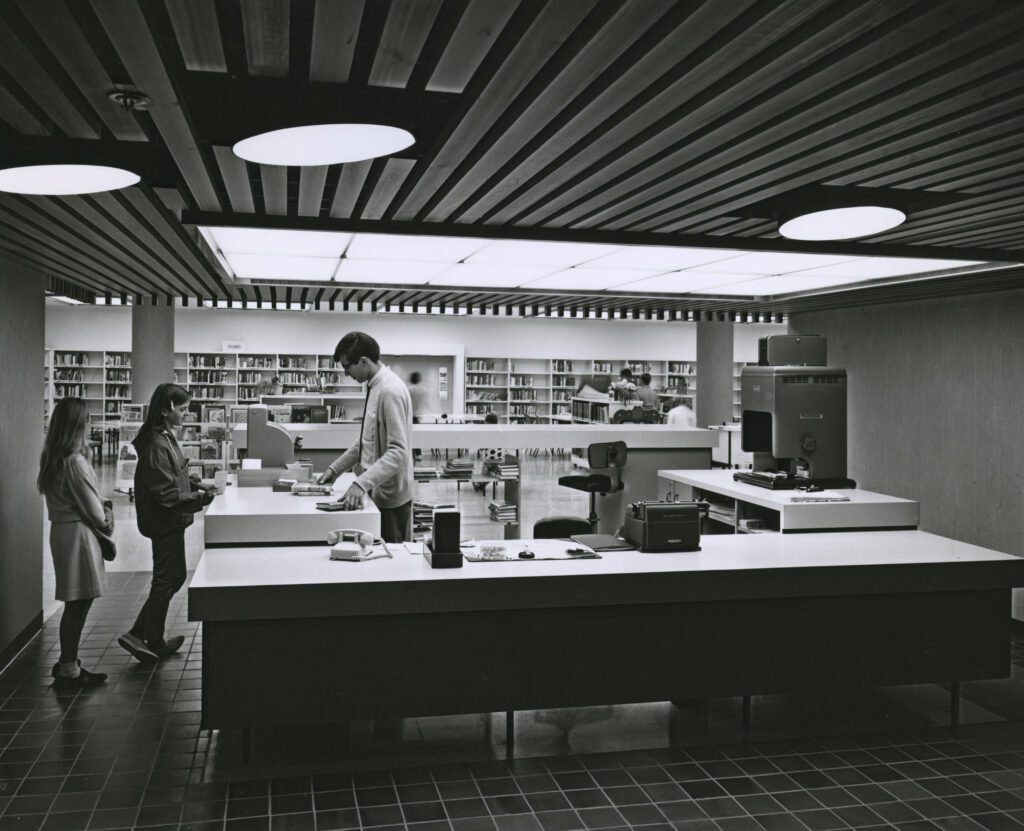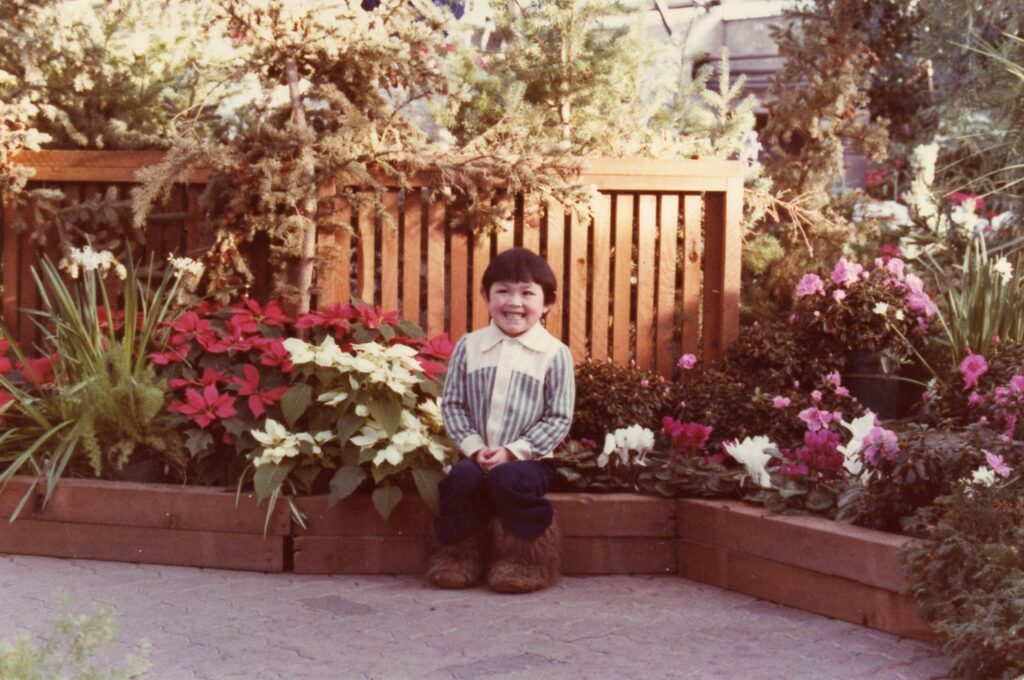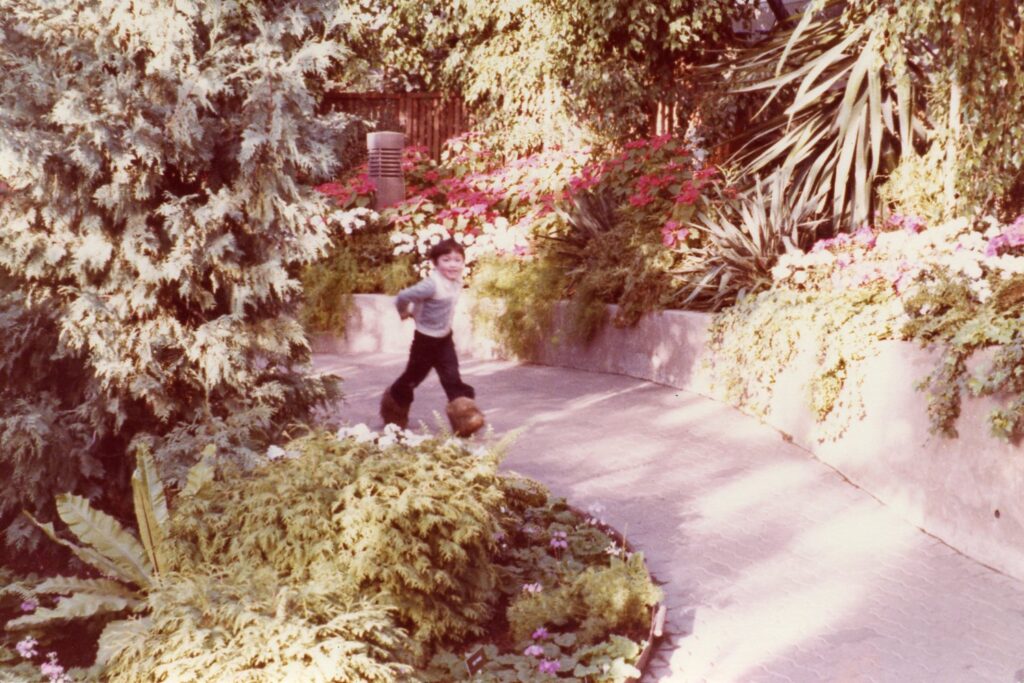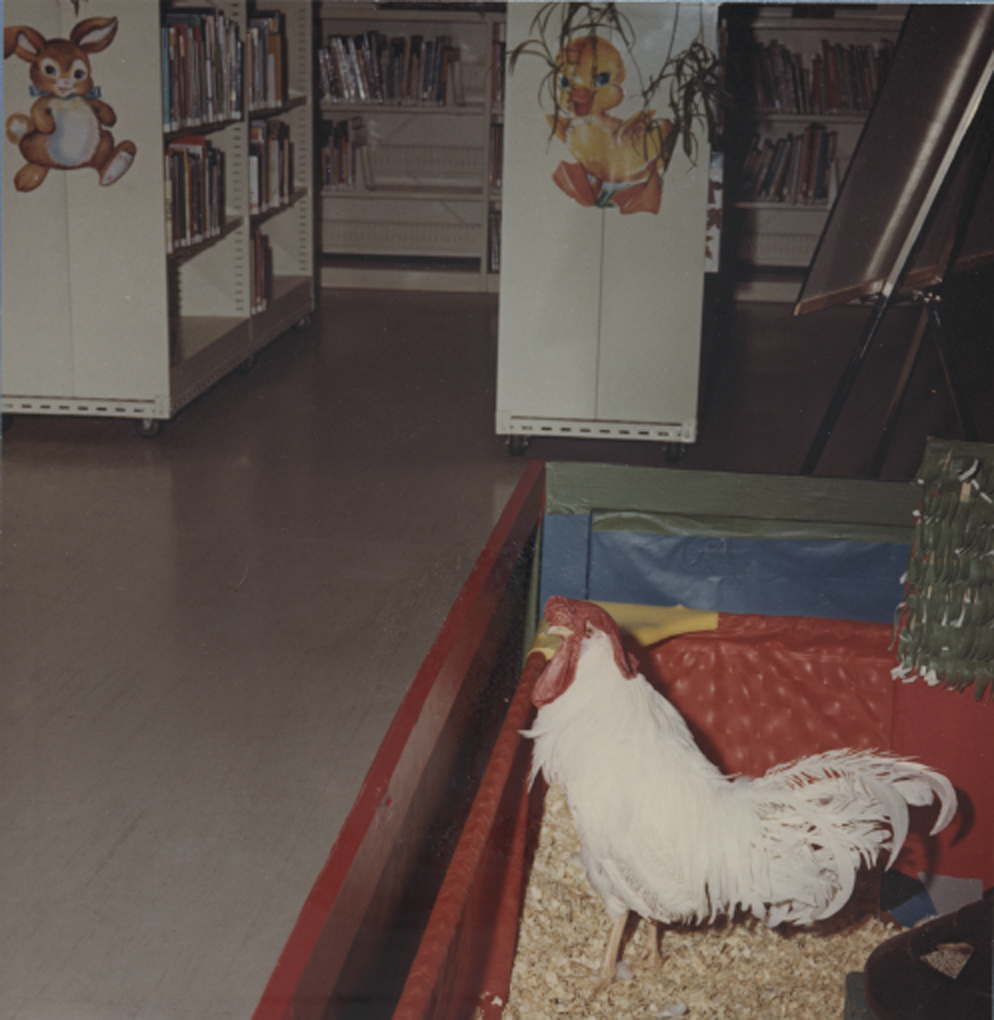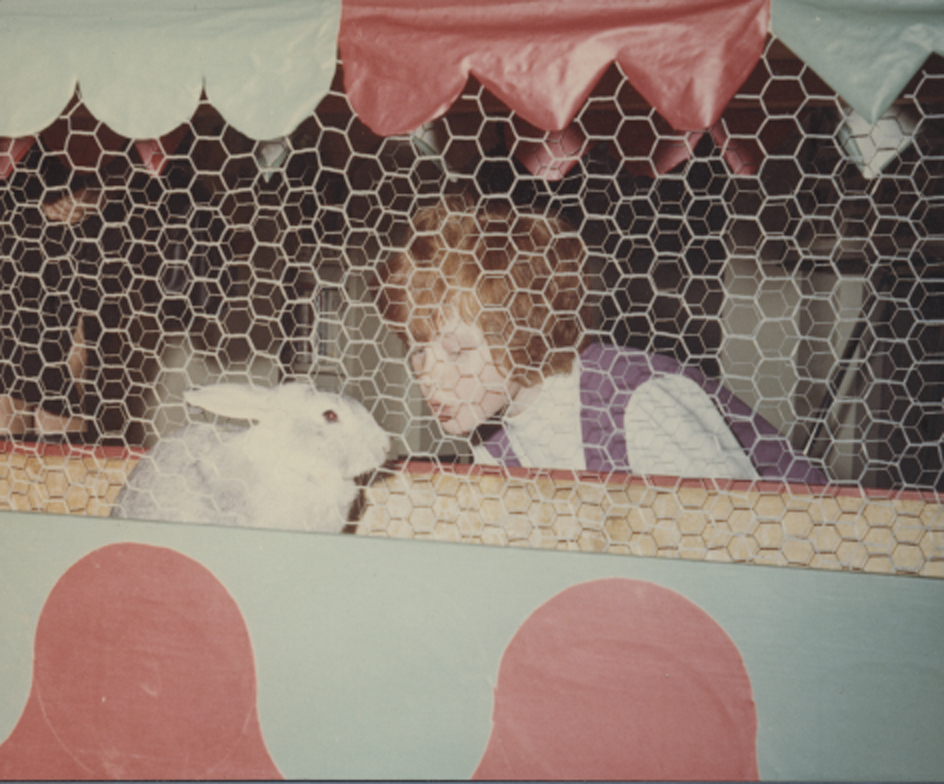As the Edmonton Public Library (EPL) Shelley Milner Children’s Library reopened in September 2020 to become a new beautiful space for future generations of children; I would like to dedicate this story to the former, but not forgotten, staff and space of the Centennial Children’s Library. My story, however, about the Centennial Children’s Library is a shared experience. As I am reminiscing about my childhood memories of the space, I also want to include the voice of Bernice Linkewich, who worked in the Children’s library for approximately 20 to 25 years. Her tenure overlapped with my time visiting the space as a child and, within this story, I will add her memories of the library to complement my own.
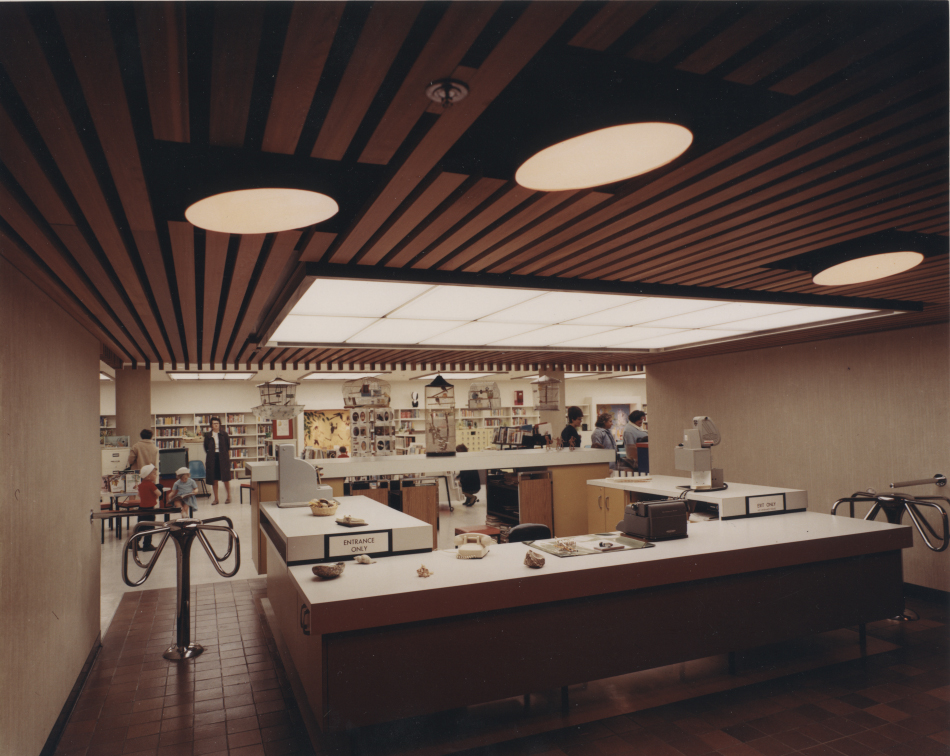
Growing up in Edmonton’s old Chinatown in the 1970s was an urban experience that few can say they have lived. I was one of the fortunate ones. The relative poverty in Chinatown shaped my ideas and perceptions of what the world looked like around me. What I saw and experienced were struggling families like mine. We had few luxuries like pets and books to call our own. The few children who lived in Chinatown with me shared hand-me-down clothing and shoes. Whoever grew out of them first would pass them on to the next sibling or neighbourhood friend. We shared precious snacks like sticky ma-jia Sachima squares (Chinese Rice Krispies squares), greasy and chewy –zyu zai baan “Little Piggy” cookies (savoury cookies made with pork bits), hun yung baan (almond cookies), and egg-flavoured flaky and crumbly daan goong (dry and sweet crepe-like rolls sold in pink and purple tins). We also shared exciting trips to the Edmonton Public Library’s Children Library, or what is now the Shelley Milner Library. And in the basement of the Centennial Library was the Children’s Library where I spent many happy days.
As many children can attest to both then and now, the library is a wonderful and wonderous place to be. The little bright tables shaped like carousel tops always seemed to have a variety of picture books scattered about- open invitations to take the time and flip through them and to browse the library shelves. The enthusiastic storytelling performed by the library staff brought the picture books to life with puppets and accompanying voices. It was, however, not just the books that beckoned me back every week, but the animals in the children’s part of the Centennial Library as well. That’s correct! Animals in Edmonton Public Library Centennial Children’s library! The animals were housed in little caravan cages that were displayed around the space. And I am not talking about the stereotypical library cat prowling around the stacks, but a whole menagerie of unorthodox library animals that were better suited to live on an acreage or farm.
Bernice shared with me the background of how the animals came to be at the library. According to her recollection, when the Centennial Library opened in 1967 that replaced the Carnegie Library, the animals were both donated (chickens and ducks) and purchased (goldfish, snakes, hamsters, rabbits, chinchilla, guinea pigs and an iguana) for the children’s space. The Centennial Children’s Library was one of the few libraries in Canada that had animals for children to visit. It even attracted tourists to visit the library to see the animals. It was also an attraction for me. I would beg my mum to take me to the library to visit my furry, finned, feathered, and scaly friends.
Even though I could not yet read when I first started to visit the animals, the piles of picture books that I flipped through showed me worlds outside the boundaries of my life in Chinatown. It was also in this library that I attuned my young eyes to the foreign shapes of the English alphabet and adjusted my ears as to the strange sharp sounds of English when the colourful books were read during story time. English was certainly different from the sights and sounds of the Chinese books my mum read to me at home. In the animal stories with their various animal sounds, the English interpretations were familiar and, yet, strange to me. The real animal sounds, however, beckoned me back week after week to the child-friendly space. This free mini zoo in the middle of Edmonton’s city centre was an enchanting place where urban children like me could go and see animals that were not the neighbourhood stray cats or wandering dogs. There was the exotic iguana in its glass enclosure basking under the heat lamp at the front entrance of the library and, if you were lucky enough, you could catch it eating its salad and fruit for lunch, rolling its bulging eyes. The goldfish in their rectangular tanks swam around and around, chasing each other’s tails. The little garter snake coiled up in a tight private roll, avoided prying children’s eyes. According to Bernice, the snake disappeared one evening in the late 1970s, and the sad remains were found in the walls during renovations in the 1990s.
The rabbits in their cage occasionally thumped their strong hind legs keeping their strength to spring out of their enclosures if the opportunity ever arose to make their escape. The Children’s Library was also a place where city children could see the quacking ducks and clucking chickens arguing amongst themselves outside of a barnyard. These feathered friends were housed in a white picketed square in the middle of the library for all to see and hear. These fowl creatures were the grand attraction for me. They were so animated with their chatter of squawks and heckling calls, flapping their wings, sometimes making little hops and half-hearted leaps towards one another and showing off or challenging each other. Their cacophony was the real sounds of the picture storybooks that the library staff read to us kids. These chatty fowl friends, however, had to be treated with careful respect, as they were not above nipping little fingers like mine because they looked like the perfect beak-sized nibbles.
While the sights, sounds, and smells of the animals were a joy to me and countless children, staff like Bernice remembered it differently. As she tells it, it was hard work keeping the animals fed, clean, and presentable to the library visitors. A dedicated staff member came in at 8:00 a.m. during the weekdays to clean the cages and enclosures, and there was a rotation of weekend staff that took over the duties. Fifty pounds of sawdust was swept, cleaned, and replaced every week. There were also occasional catch-the-chinchilla moments when it escaped from its cage. For a few Easters, chicks were brought into the library but quickly needed to find new homes for them after the holiday.
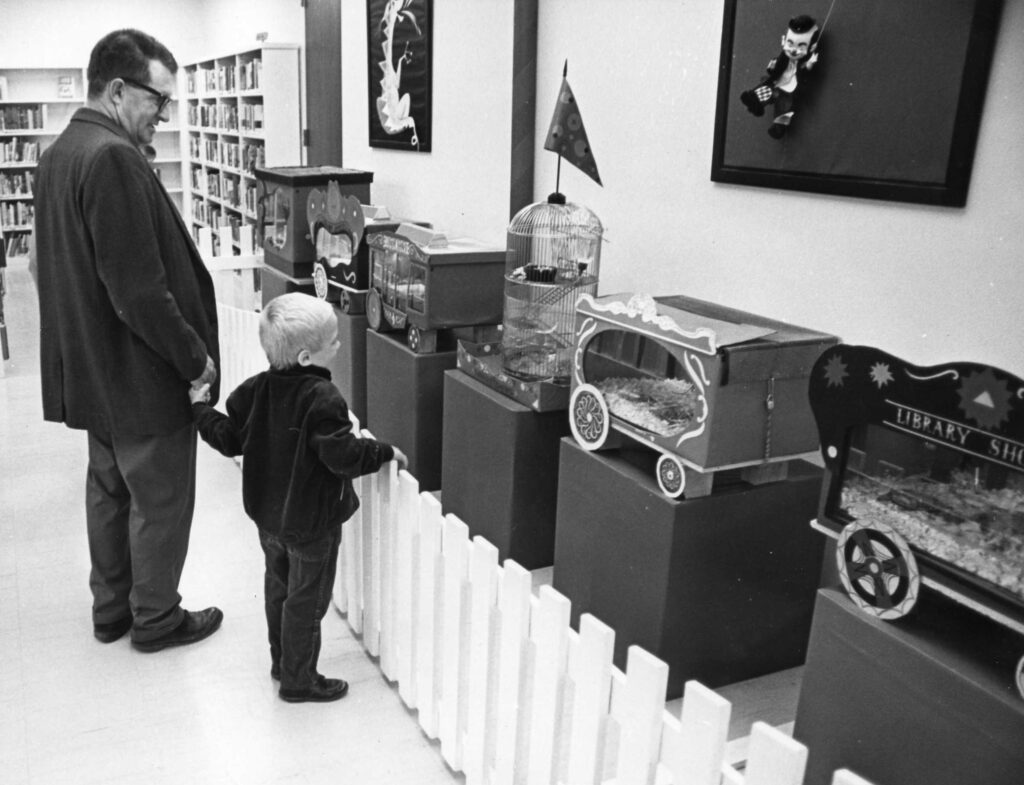
Whenever any of the animals became ill, the staff brought them to the veterinarian not too far away from the library. When the iguana or snake needed medical attention, there was a reptile specialist vet in St. Albert who would look after them. One iguana-specific memory Bernice shared was replacing the first iguana after it had died in the 1980s. Bernice was tasked to pick up the replacement. She went to a pet store on Stony Plain Road to pick up the baby iguana in an unsecured cardboard box. As she drove towards downtown, it dawned on her that if the little creature was to escape from their box, she wouldn’t know what to do. At the risk of getting a speeding ticket, she “floored it” to drop off her charge as quickly as possible. Eventually, when the animals such as the chinchilla, rabbits, goldfish, and hamsters begun to die from old age, they were not replaced. The surviving animals were then rehomed. The ducks were given to Hawrelak park rangers, and the second iguana – the one that Bernice hurriedly brought back to the library- was given to a school.
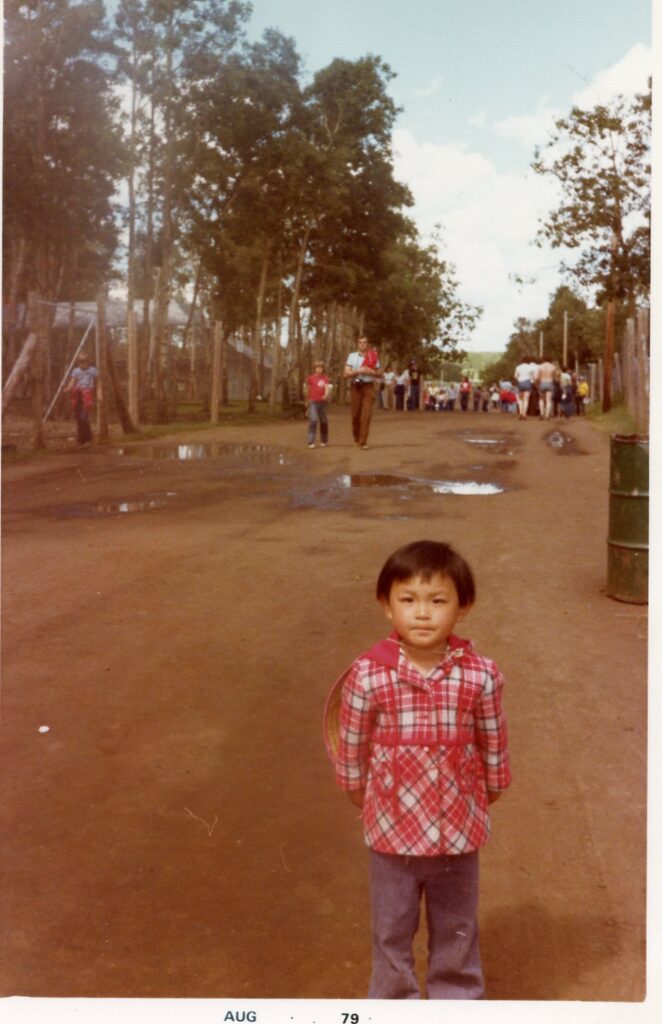
In conclusion, it was at the Centennial Children’s Library where I learned English which helped me discover worlds outside of my own Chinatown sphere. It was the Centennial Children’s Library with friendly staff like Bernice who showed me the magic of storytelling through picture books and songs. These happy memories became inspired me to tell stories and sing songs at my job at the Edmonton Public Library. In turn, I hope that some of the children I read and sang to will write their own stories and sing their own songs.
Amy at the Storyland Valley Zoo, August 1979. Image provided by the author.
I would like to thank Edmonton Public Library’s Marketing team for providing the encouragement to publish this story. And I want to credit the Marketing team for providing the archival photos of the Centennial Children’s Library. Lastly, I want to thank Bernice Linkewich for the funny stories and memories shared with me which were not all included here. This story is for me as much as it is for her. Thanks, Bernice!
Amy Wong © 2021
